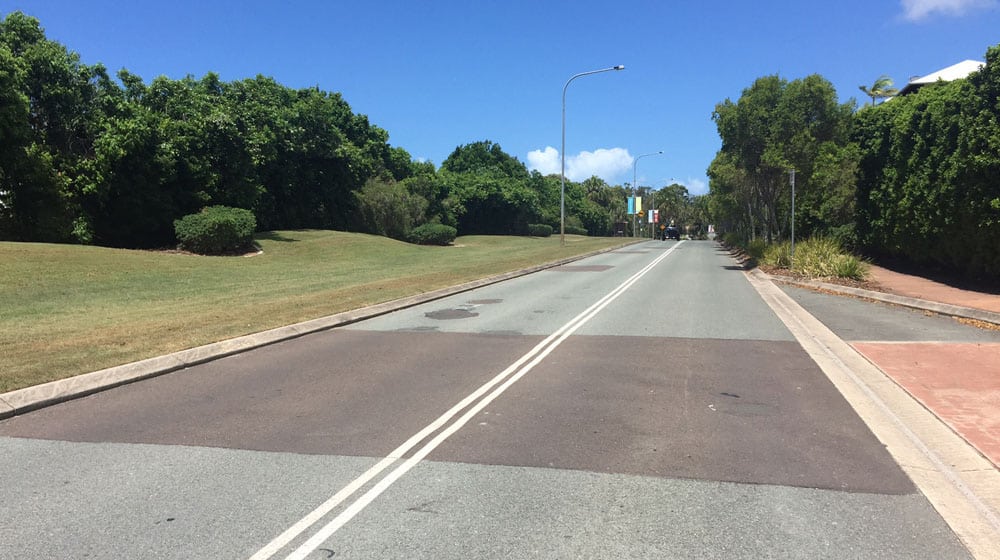
The present worth of cost (PWOC) and Future worth of Cost (FWOC) are methods to account for varying financial principles including treasuring discount rates and inflation, both of which can affect the asset value and the anticipated maintenance costs over the life of the pavement.
The process of accurately assessing the economic viability and the most appropriate pavement solution typically incorporates the structural design of a number of pavement configurations for the proposed design parameters, whether it is rigid or flexible in nature. This is generally followed by an assessment of the predominant distress mechanism, traffic loading, future growth and any financial implications as a result of remoteness or unavailability of material.
For example, the most appropriate pavement configuration from a structural design perspective may not provide the best outcome in terms of WOLC – depending on site-specific considerations.
When undertaking an economic analysis and WOLC, consideration should be given to:
It is recognized that this assessment can be subjective with regards to a number of variables including projected financial principles, traffic growth and anticipated construction and maintenance costs, however, it is considered a sound starting point and should be verified on local practice.
For more information on Global Road Technology or whole of life costing (WOLC) please contact us.
Are environmental regulations, health and safety concerns or potential profit loss a concern right now?
Contact Us Now